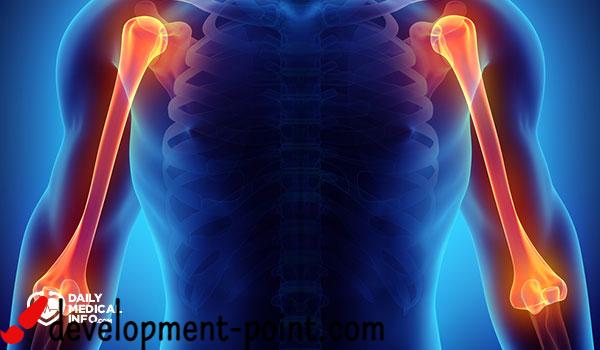What are the signs of a cesarean section?
A caesarean section or caesarean section is a surgical procedure to remove your baby through an incision in the abdomen and uterus, and the incision is usually below the bikini line, but what are the signs or symptoms of a caesarean section?
Cesarean deliveries are considered major surgery and have a number of risks to the health of the pregnant woman or the fetus, so it is not usually performed unless it is the safest option for you and your child, as about 1 in 4 pregnant women in the United Kingdom undergo a cesarean section
Signs of a cesarean section
A caesarean section is often an optional procedure, or it may be performed in an emergency if there are risks in a natural delivery. Find out with us in the following points what are the symptoms of a caesarean section or, in other words, the signs that indicate the necessity of this operation, which you should not ignore:
- If your baby is in a breech position: that is, head up and feet down, and your doctor or midwife is unable to turn the fetus over by applying gentle pressure on your abdomen, then this is a sign of a caesarean section.
- If you suffer from placenta praevia (low placenta previa): it is when the placenta covers the lower part of the cervix completely or partially, which causes other serious complications, including severe bleeding during pregnancy or childbirth, so if it continues, this indicates the necessity of a cesarean delivery.
- High blood pressure: It is a high blood pressure that is related to pregnancy and is also known as preeclampsia, which affects the placenta, which works to transfer food and oxygen from the pregnant mother’s blood to the fetus, so in this case, intervention by caesarean section is the best solution.
- The mother is infected with an infectious virus that can be transmitted during natural childbirth, so a caesarean section is required: such as infection for the first time with genital herpes, which often occurs in late pregnancy, or infection with untreated HIV.
- The fetus does not get enough oxygen and nutrients: This indicates the need for the baby to have a cesarean section immediately.
- You have complex health conditions, such as diabetes or high blood pressure.
- You have given birth multiple times, such as twins or triplets.
- You have had a caesarean section before.
- You suffer from a health problem in the uterus or a fibroid blocking the cervix, which are signs of a caesarean section.
- The fetus has an emergency or serious health problem.
- The fetus suffers from hydrocephalus, or increased fluid in the brain.
- Absent labor progression or sudden excessive vaginal bleeding is a sign of a cesarean delivery.
- There is a problem with the umbilical cord.
There are some cases in childbirth that require immediate surgical intervention and a cesarean section to safely remove the fetus and preserve the safety of the pregnant woman at the same time, according to the examinations and the medical condition that you are going through.
While at other times there may be time to plan for this procedure, as your obstetrician or nurse will discuss the benefits and risks of a cesarean section compared to a natural birth, and then you can make the appropriate decision for your condition.
Notice; Planned caesarean sections are usually performed from the 39th week of pregnancy.
When does the doctor decide a caesarean section?
A caesarean section is usually planned for 39 weeks of gestation if you do not have any of the previous signs. The aim is to have the surgery done before you go into labour. Babies born early before 39 weeks of gestation need more respiratory care.
In the end, dear reader, after knowing the signs of caesarean section or the symptoms of caesarean section in detail and when you should perform it, and when it is an optional procedure and when it is compulsory, if you feel any of the previous signs, you should quickly seek medical help to perform the necessary surgical intervention.

